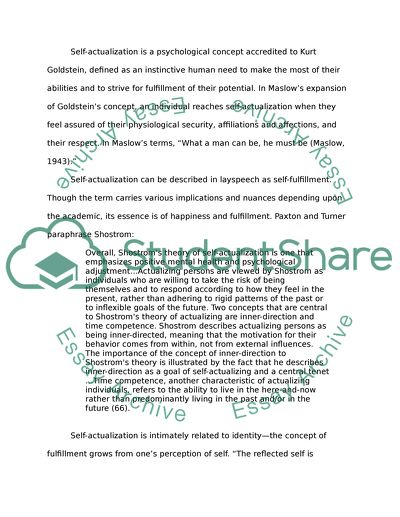Cite this document
(“Self Actualization Essay Example | Topics and Well Written Essays - 2000 words”, n.d.)
Retrieved from https://studentshare.org/miscellaneous/1517295-self-actualization
Retrieved from https://studentshare.org/miscellaneous/1517295-self-actualization
(Self Actualization Essay Example | Topics and Well Written Essays - 2000 Words)
https://studentshare.org/miscellaneous/1517295-self-actualization.
https://studentshare.org/miscellaneous/1517295-self-actualization.
“Self Actualization Essay Example | Topics and Well Written Essays - 2000 Words”, n.d. https://studentshare.org/miscellaneous/1517295-self-actualization.


